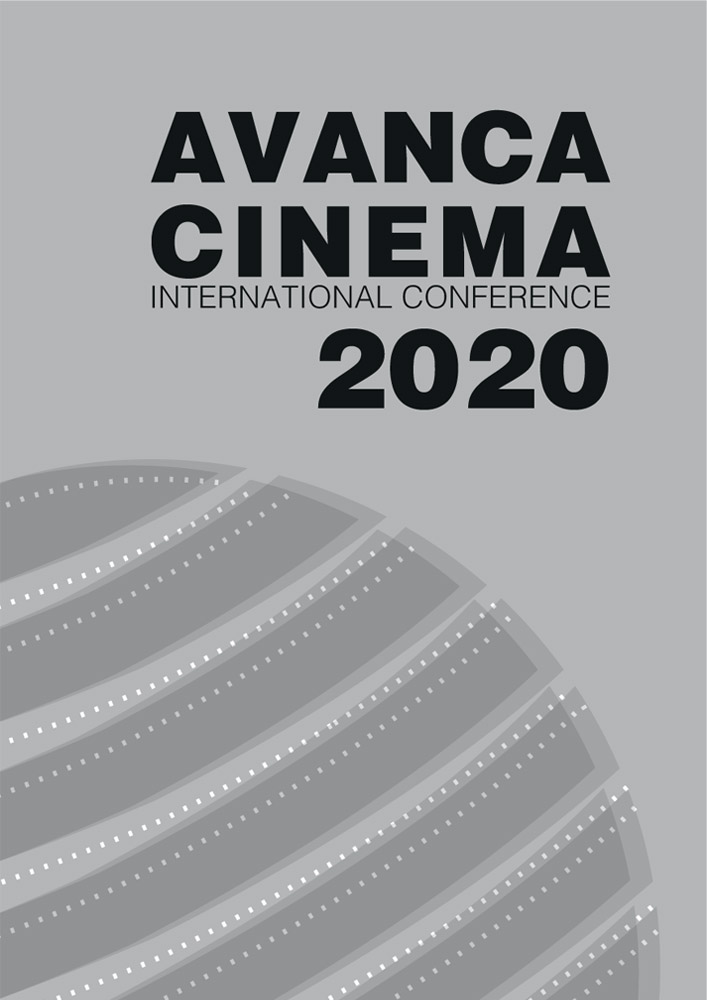Capítulo I _ Cinema – Arte
Presença e morte: o carácter efémero das artes do corpo.
Resumo
This paper aims to reflect on a hypothetical threshold-space between contemporary dance and performance art, questioning at the same time the prevalence of too strict a boundary between them. To this end, a range of works involving hybridization of artistic languages were selected and analyzed, from Signals (1970) by American dancer and choreographer Merce Cunningham to Café Müller (1978) by German choreographer Pina Bausch. Both dance and performance art are ephemeral arts or, according to the classical system, arts of time as opposed to the arts of space - painting, sculpture and architecture. They have also been called allographic arts, performative arts or, perhaps more specifically, arts of the body (Ribeiro, 1997). Unlike traditional fine arts, which materialize in a physical object other than the body, unlike video-art and cinema, arts without originals, mediated by the process of “technical reproducibility” (Benjamin, 1992), performative arts require the presence of a human body - and the duration of the present - as a fundamental instrument for their realization. In that sense, the paper also focuses on the ephemerality factor associated with dance and performing arts, and the consequent devaluation these have suffered vis-à-vis other artistic practices, considered to be academic and socially more significant.

Este trabalho encontra-se publicado com a Licença Internacional Creative Commons Atribuição 4.0.

